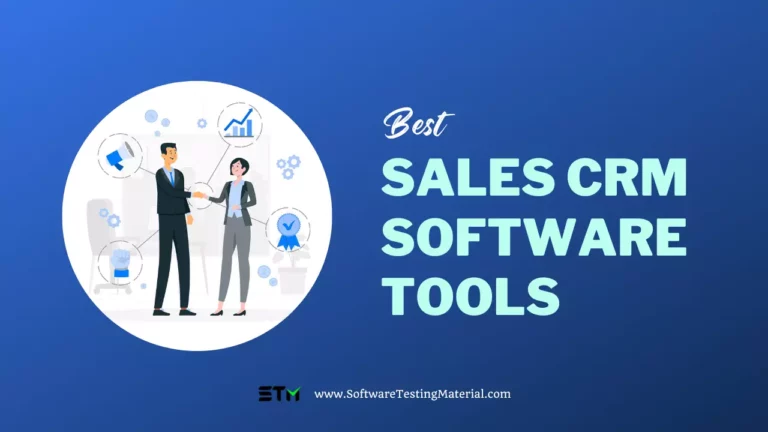The ROI of Mendio Alternatives: How to Justify the Budget
Securing budget for a new security tool often feels like an uphill battle. You know the technical merits, you see the security gaps, but communicating that value in terms leadership understands—dollars and cents—can be challenging. When it comes to investing in developer-centric security platforms, such as one of the many effective mendio alternatives, you need more than a list of features. You need a compelling business case built on a clear return on investment (ROI).
Justifying the budget isn’t about fear-mongering; it’s about translating security benefits into financial outcomes. It’s about showing that the right tool isn’t a cost center, but a value driver that enhances efficiency, reduces risk, and accelerates innovation. This guide provides a framework for building that business case, helping you articulate the tangible ROI of investing in a modern DevSecOps platform.
Beyond the Price Tag: The Four Pillars of Security ROI
A comprehensive ROI calculation goes beyond the simple cost of a data breach. It encompasses cost savings, efficiency gains, risk reduction, and business enablement. Let’s break down how to quantify these pillars when making the case for a new security tool.
Pillar 1: Cost Avoidance Through Proactive Risk Reduction
This is the most direct and impactful part of your ROI calculation. The goal here is to quantify the costs you avoid by preventing security incidents before they happen.
How to Calculate It:
Start with industry data on the cost of a breach. While it’s impossible to predict the exact cost for your company, using established benchmarks provides a credible foundation. The primary metric here is the reduction in your risk exposure.
- Breach Cost Reduction: A modern security platform that integrates SCA, SAST, and secrets scanning can significantly reduce the likelihood of a breach caused by a known vulnerability or an exposed credential. For example, if a tool helps you eliminate 50% of your critical vulnerabilities, you can argue it proportionally reduces your risk of an incident.
For instance, IBM’s annual Cost of a Data Breach Report provides comprehensive insights on average breach costs globally and across industries, offering a reliable benchmark for your calculations.- Reduced Remediation Costs: Fixing a vulnerability in production is exponentially more expensive than fixing it in development. A study by IBM found that a bug found post-release can cost up to 30 times more to fix than one found during the design phase. A developer-first security tool that flags issues in the IDE or pull request drastically cuts this cost by enabling immediate fixes. Calculate the engineering hours saved by “shifting left.”
The Pitch to Leadership: “Investing $X in this platform reduces our exposure to a multi-million dollar breach by Y%. Furthermore, by catching flaws earlier, we save an estimated Z hours of developer time per month, which would have been spent on expensive post-production fixes.”
Pillar 2: Increased Developer Velocity and Efficiency
Security tools have a reputation for slowing developers down. The right tool does the opposite. A modern, developer-friendly platform removes friction from the development process, directly contributing to faster delivery cycles.
How to Calculate It:
This pillar is about measuring time saved. Survey your developers or use metrics from your project management tools to establish a baseline.
- Eliminating Context Switching: How much time do developers spend switching between their code editor, a separate security dashboard, and a Jira ticket? A tool that consolidates alerts and presents them directly in the developer’s workflow (e.g., as a PR comment) can save hours per week. Quantify this by estimating time saved per developer and multiplying it across the team.
- Reducing False Positive Triage: Many older security tools generate a high volume of false positives, forcing developers to waste time investigating non-issues. If a Mendio alternative reduces false positives by, for instance, 40%, that is 40% less time wasted.
- Automating Manual Reviews: If your current process involves manual security reviews for every release, a trusted, automated scanner can reduce or eliminate that need, freeing up your senior engineers for more strategic work.
The Pitch to Leadership: “Our developers currently spend approximately 10% of their time managing security alerts and context switching. This tool integrates directly into their workflow, which we project will cut that time in half. This translates to an additional 20 hours of productive coding time per developer each month, accelerating our product roadmap.”
Pillar 3: Streamlined Compliance and Audit Readiness
For many organizations, compliance isn’t optional—it’s a requirement for doing business. Achieving and maintaining compliance with standards like SOC 2, ISO 27001, or GDPR can be a massive manual effort.
How to Calculate It:
Focus on the hours spent on audit preparation and the risks of non-compliance.
- Reduced Audit Preparation Time: A security platform that automatically maps vulnerabilities and misconfigurations to specific compliance controls can turn weeks of audit prep into days. Calculate the hours your team typically spends gathering evidence for auditors and estimate the time savings.
- For further insights, see the Cloud Security Alliance’s guidelines on compliance automation, which discuss best practices for streamlining audit readiness.– Avoiding Fines and Penalties: Non-compliance can result in significant fines. While this is part of risk reduction, framing it in the context of specific regulatory requirements can be very powerful, especially for leadership in regulated industries. For further reading on aligning security with business objectives, resources from frameworks like COBIT can be very insightful.
The Pitch to Leadership: “Preparing for our annual SOC 2 audit currently requires 120 hours from our engineering and security teams. This platform automates evidence gathering, which will reduce that effort by over 75%. This not only saves significant costs but also ensures continuous compliance, reducing our risk of regulatory penalties.”
Pillar 4: Tool Consolidation and Operational Savings
Finally, consider the direct savings from consolidating your security toolchain. Many teams use separate, specialized tools for SAST, SCA, secrets scanning, and IaC security. This leads to multiple contracts, training overhead, and integration headaches.
How to Calculate It:
This is the most straightforward calculation.
- Direct License Costs: Add up the annual license fees for all the point solutions you plan to replace.
- Reduced Administrative Overhead: Estimate the time your team spends managing, updating, and integrating these disparate tools. A single, unified platform simplifies this dramatically.
The Pitch to Leadership: “By adopting this unified platform, we can eliminate three other security tools, resulting in an immediate hard-cost saving of $X per year on licensing fees. We also reclaim Y hours per month currently spent on tool maintenance, freeing our security team to focus on proactive threat hunting.”
Building Your Business Case
When you combine these four pillars, you move the conversation from “How much does this cost?” to “How much value will this generate?” Your final business case should be a simple document that summarizes these points in clear, financial terms. Lead with the efficiency gains and cost avoidance, backed by the data you’ve gathered.
By framing your request around a clear and quantifiable ROI, you show that you’re not just asking for another tool—you’re proposing a strategic investment that makes the entire organization more secure, efficient, and competitive.






